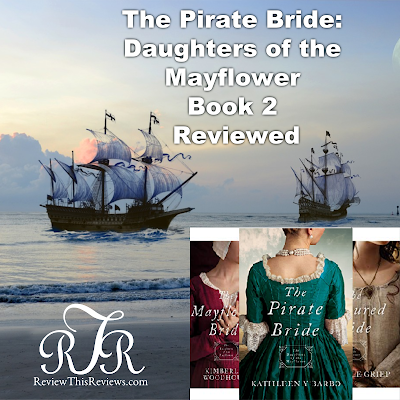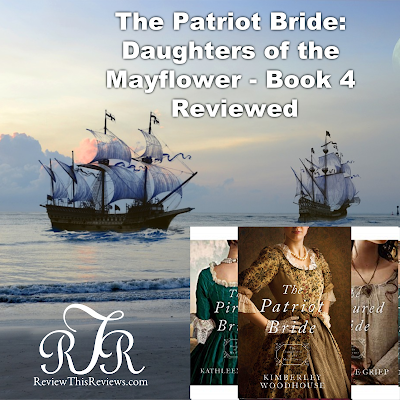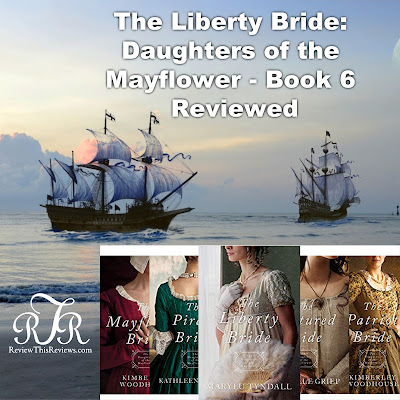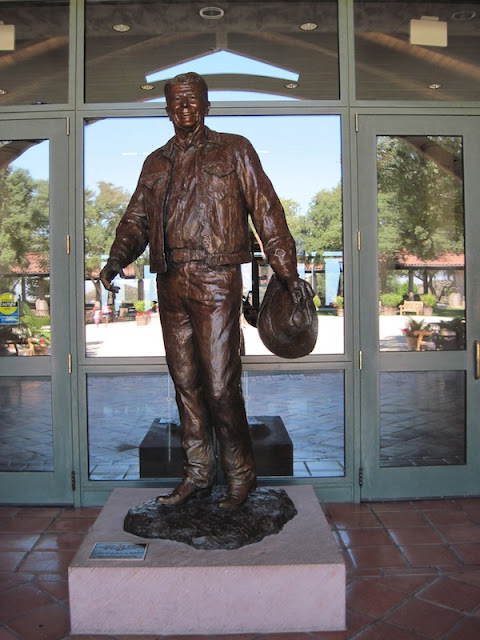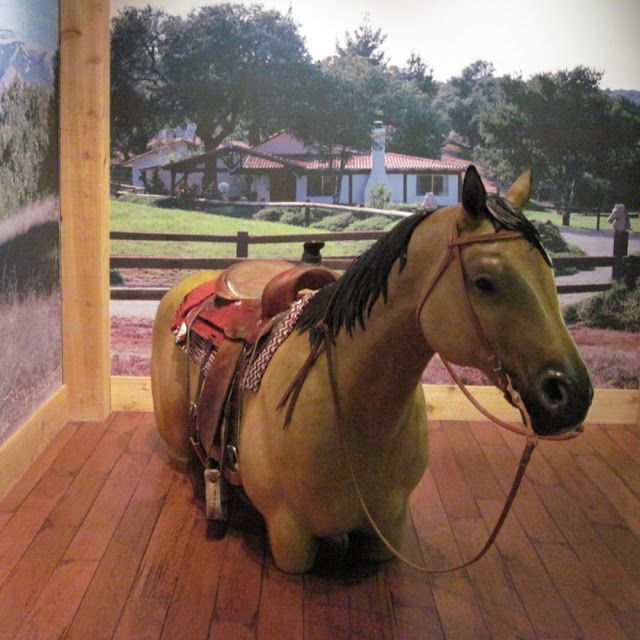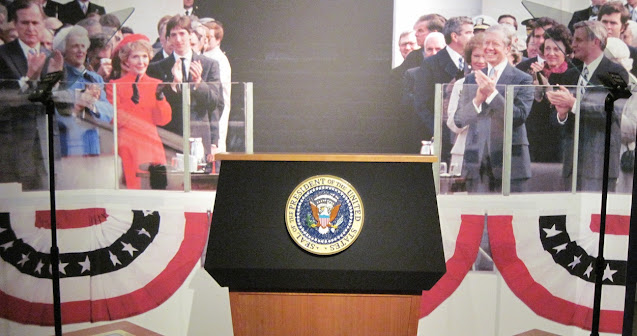Q. DeWayne-First of all could you tell us a little bit about your
background?
A. I grew up and went to school in St. Clair, Missouri. Although I spent a
lot of time helping with my father’s hatchery and feed store, I also got a
job as soon as I could, working first at the St. Clair
Chronicle, and then as a pump jockey at a gas station on Route 66. Those
experiences formed the basis of my first book, “Will That be Regular or
Ethyl?”
After high school, I was accepted to attend General Motors Institute and
graduated with an engineering degree in 1968. I followed that up in 1971
with a MBA by going to night classes.
During my sophomore year, I married my high school sweetheart, Gail
Schroeder, and through the years, we had two sons.
I worked for various units of General Motors my entire career, but it was
during a stint at the GM Technical Center that I discovered an interest
and knack for writing. I am now retired, and have
several hobbies, including forestry, woodworking, and of course my
writing.
Q. I know this book is the third in a series. What made you
want to write these books? Will there be others in the series?
A. I had developed an interest in genealogy along the way and had traced
my family’s roots to the1500s. Those two interests came together to
produce the idea for a historical fiction series that
features my family’s journey through time, starting in the 16th century.
Three books have been published in this series, called “From Peasant to
Patriot”. A fourth book is in the works now, and there will probably be a
fifth book as well.
Q. I love historical fiction and always wonder how much of the books are
true history and what is fiction. In your case, I know you wrote
based on your own ancestors. In particular scenes are the characters
based on actual things your ancestors did or are
they fiction and based on the times and places you found in your research
of your ancestors. I was particularly interested in their
involvement in the events leading up to the revolutionary war in America.
A. My books are written mainly from the perspective of the common
man—particularly my ancestors. I have done considerable research to
discover where they were and what was happening around them. I outline
those facts, along with real historical characters and events
that I have also discovered in my research and imagine how my ancestors
may have reacted and what they may have said and done. As I introduce new
ancestral characters in my books, I
chart them for the reader at the head of the chapter. Occasionally, I need
to invent peripheral characters to advance the narrative, and of course, I
have no knowledge of individual conversations, but other than that,
everything in my books is historically accurate. Many of the details
included in them has been discovered in places like the Journal of the
American Revolution, applications to the Daughters of the American
Revolution, courthouse and church records, the National Archives, Ancestry
archives and other family trees, genealogical research facilities located
in some libraries, and Wikipedia. So, I like to think that, except for
individual conversations, my books are as historically accurate as any
history book.
Q. Tell us a little about how you went about your research for this book.
A. The first thing I did was to assemble as much as I could of my family
tree. I have done that on both my paternal and maternal sides back to
roughly 1500. Then, using those resources mentioned above, namely, Journal
of the American Revolution, applications to the Daughters of the American
Revolution, courthouse and church records, the National Archives, Ancestry
archives and other family trees, genealogical research facilities located
in some libraries, and Wikipedia, I collected articles and information
regarding historical
events that were occurring around them.
I assembled facts from those two steps into an outline to cover the time
period for which I was writing, and then began to construct the narrative,
including conversations.
As events unfolded in the story, I occasionally had to invent peripheral
characters to advance the narrative. At many points in the story, I would
wonder things like, “…who was it that…”, so I would query one of my
resources (usually Wikipedia). There would almost always be an answer, but
in the few cases when there was no clear fact to be uncovered, I invented
it. In those very few cases, I tell the reader in Author Notes.
Q. I love the way you make your characters come to life in your
writing. What is your secret?
A. I have read scores of books in my favorite genres: historical fiction,
medieval history, medieval fiction and family saga, and tried to pick out
my favorite attributes and styles from the various
authors. I found that I like stories in which the author mixes some
conversations with straight; not all one or the other. Also, I found that
some authors will spend pages describing
the appearance of some character, and I found that to be tedious. I try to
give the reader just enough description of a character to ignite their
imagination, then let that imagination run in their own mind while the
narrative unfolds.
Q. What is the main thing you would like your reader to remember from your
book?
A. In every book I write, I would like for the reader to be able to
imagine themselves or one of their ancestors as one or more of the
characters in the book. In Spark of Revolution, I hope the reader comes
away with a realization that the idea of a' United States’ didn’t arise
fully formed on the 4th of July 1776. It was a result of years of
struggle and compromise, led by men and women who often disagreed, but
were willing to listen to others’ views and to compromise and work with
each other.
Q. Thank you so much for taking the time to answer these questions.
Is there anything else you would like the readers of Review This to know
about your books.
A. The basic idea behind the creation of this series, “From Peasant to
Patriot”, was to set it in the perspective of the common man of the times,
and to follow a few related families as they dealt
with life and death, beginning in the 16th century, and following through
to the 20th century. In creating the settings, real historical events were
outlined, and real people from my family tree
were inserted in the narrative where I think they might have been as a
result of my research. Consequently, excepting the individual
conversations, these books are almost entirely factual
and historically accurate.
Mary, thank you for allowing me to do this.
De
Other Books by DeWayne Landwehr
The second book in the series is Inside Odenwald: Courage of Survival
and can also be purchased on Amazon at Inside Oldenwald




![Turn: Washington's Spies - Season 2 [DVD]](https://m.media-amazon.com/images/I/51BhHBU5B9L._SL500_.jpg)
![Turn: Washington's Spies Season 3 [DVD]](https://m.media-amazon.com/images/I/51TdqVDKHLL._SL500_.jpg)






.jpg)



